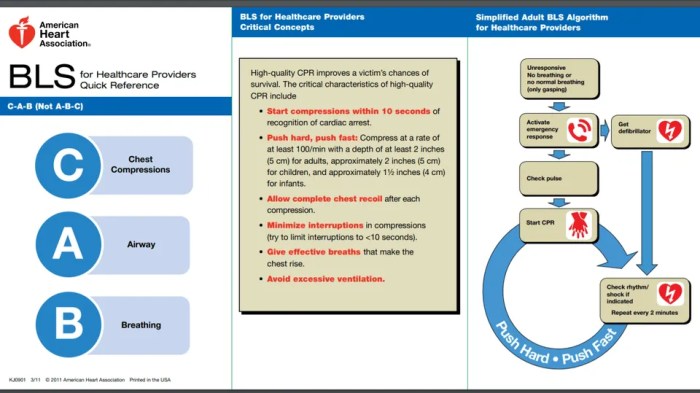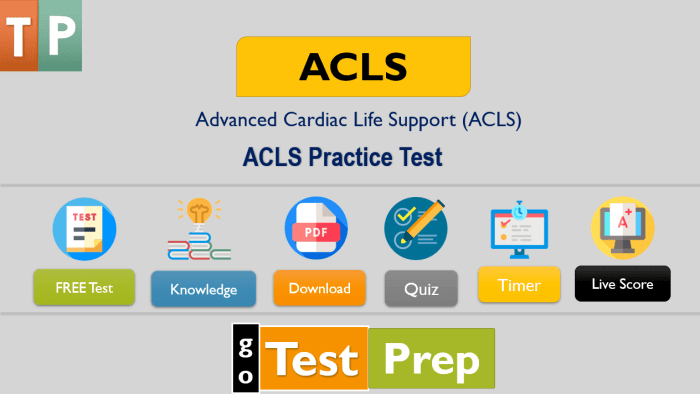Introducing ACLs Questions and Answers PDF 2022, an authoritative resource designed to empower you with a comprehensive understanding of access control lists. This guide delves into the intricacies of ACLs, providing clear explanations, practical examples, and expert insights to enhance your knowledge and equip you to effectively manage and secure access to critical resources.
As we navigate the complexities of modern computing environments, ACLs have emerged as an essential tool for safeguarding data and maintaining system integrity. This guide serves as your trusted companion, offering a thorough examination of ACLs, their implementation, best practices, and real-world applications.
ACLs Overview

Access control lists (ACLs) are security mechanisms that define the access permissions for specific users or groups to resources within a system. They are essential for controlling who can access, modify, or delete data, ensuring the confidentiality, integrity, and availability of information.
There are two main types of ACLs: discretionary ACLs (DACs) and mandatory ACLs (MACs). DACs allow the owner of a resource to grant or deny access to other users, while MACs are centrally managed and enforced by the system.
ACLs are widely used in various systems, including operating systems, databases, and file systems. They provide a flexible and granular way to control access to resources, making them a critical component of any security strategy.
ACLs Implementation: Acls Questions And Answers Pdf 2022
Implementing ACLs involves creating, modifying, and deleting ACLs to define the access permissions for specific users or groups.
The specific steps involved in implementing ACLs vary depending on the system and the type of ACL being used. However, the general process typically includes:
- Identifying the resources to be protected
- Creating an ACL for each resource
- Adding users or groups to the ACL and specifying their access permissions
- Modifying or deleting ACLs as needed
By following these steps, system administrators can effectively implement ACLs to control access to resources and protect sensitive information.
ACLs Best Practices
Managing ACLs effectively is crucial for maintaining the security and integrity of a system. Best practices for ACL management include:
- Using ACLs consistently across the system
- Granting only the necessary permissions to users and groups
- Regularly reviewing and updating ACLs
- Using tools and automation to simplify ACL management
- Educating users about ACLs and their importance
By following these best practices, organizations can ensure that ACLs are effectively implemented and managed, minimizing the risk of unauthorized access to sensitive information.
ACLs Case Studies
Case studies provide valuable insights into the practical application of ACLs in real-world scenarios.
One case study demonstrates how a healthcare organization used ACLs to control access to patient records. By implementing ACLs, the organization was able to ensure that only authorized healthcare professionals had access to patient information, protecting patient privacy and complying with regulatory requirements.
Another case study shows how a financial institution used ACLs to prevent unauthorized access to financial data. By implementing ACLs, the institution was able to restrict access to sensitive financial information to authorized personnel only, reducing the risk of fraud and data breaches.
ACLs Tools and Resources
Various tools and resources are available to assist with ACL management, including:
- ACL editors: These tools allow users to create, modify, and delete ACLs easily.
- ACL reporting tools: These tools generate reports on ACLs, providing insights into who has access to what resources.
- ACL auditing tools: These tools scan systems for ACL misconfigurations and vulnerabilities.
By leveraging these tools and resources, organizations can simplify ACL management, enhance security, and improve compliance.
ACLs Future Trends

The future of ACLs is promising, with emerging trends and technologies shaping their evolution.
One trend is the adoption of role-based access control (RBAC), which simplifies ACL management by assigning permissions to roles rather than individual users or groups.
Another trend is the integration of ACLs with other security technologies, such as multi-factor authentication and biometrics, to enhance security and prevent unauthorized access.
Commonly Asked Questions
What are ACLs and how do they work?
ACLs (Access Control Lists) are mechanisms that define who can access specific resources and what actions they are permitted to perform. They assign permissions to individual users or groups, allowing administrators to control access to files, directories, and other system objects.
What are the different types of ACLs?
There are two main types of ACLs: Discretionary Access Control Lists (DACLs) and System Access Control Lists (SACLs). DACLs control access permissions granted by the owner of the resource, while SACLs control auditing permissions, determining who can view access attempts.
What are the advantages of using ACLs?
ACLs offer several advantages, including granular control over access permissions, improved security by restricting unauthorized access, simplified administration through centralized management, and enhanced compliance by meeting regulatory requirements.